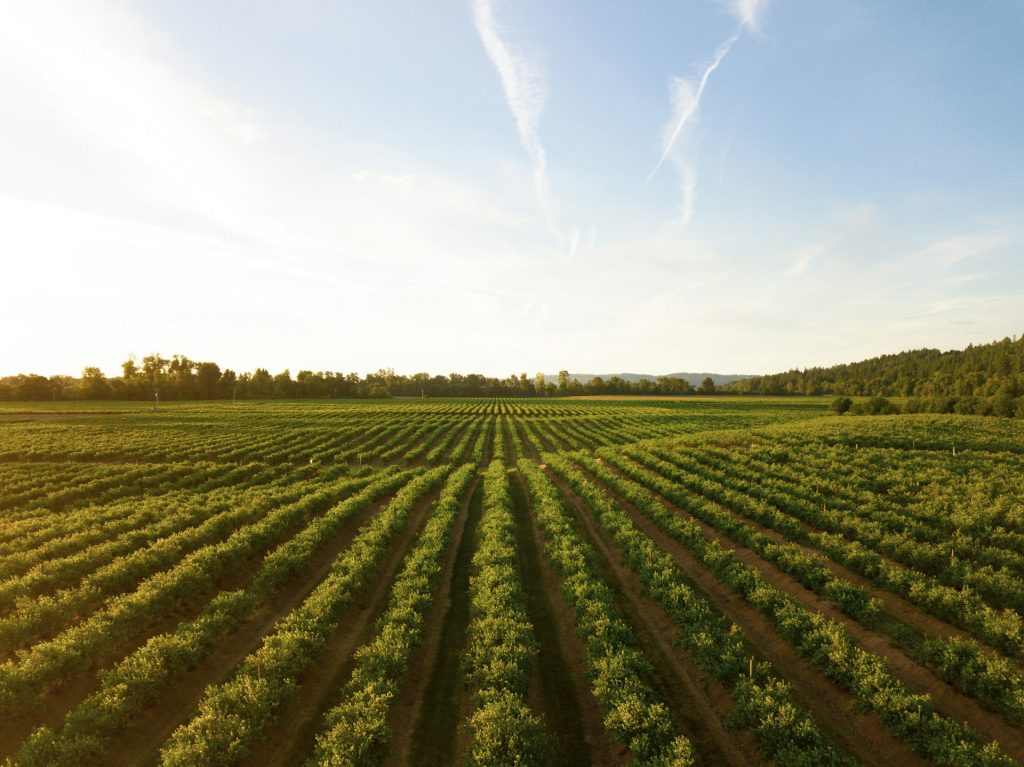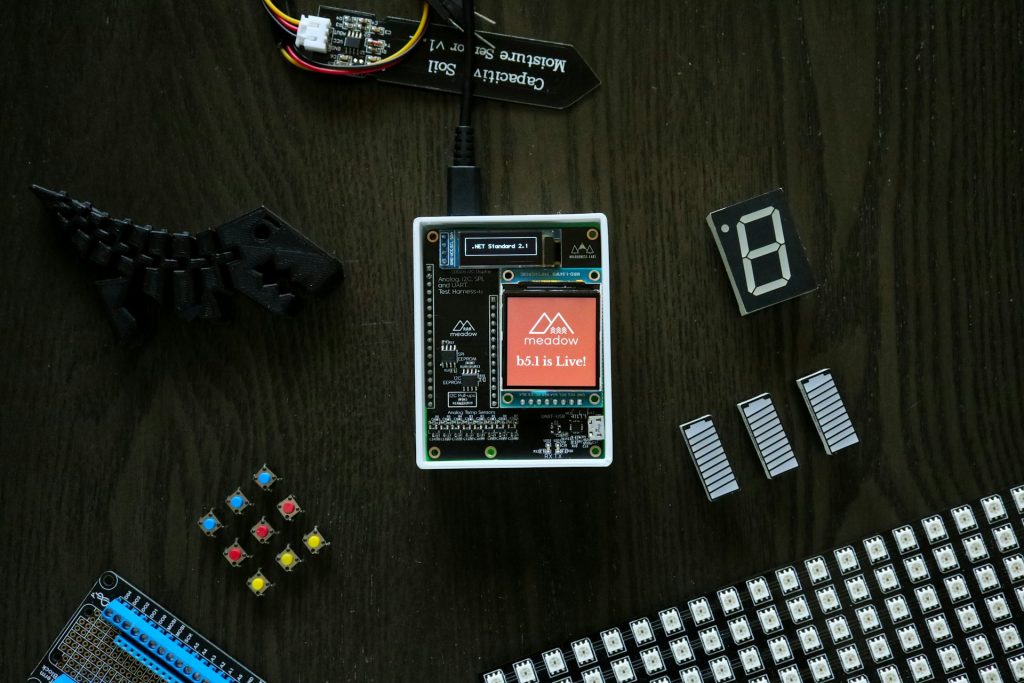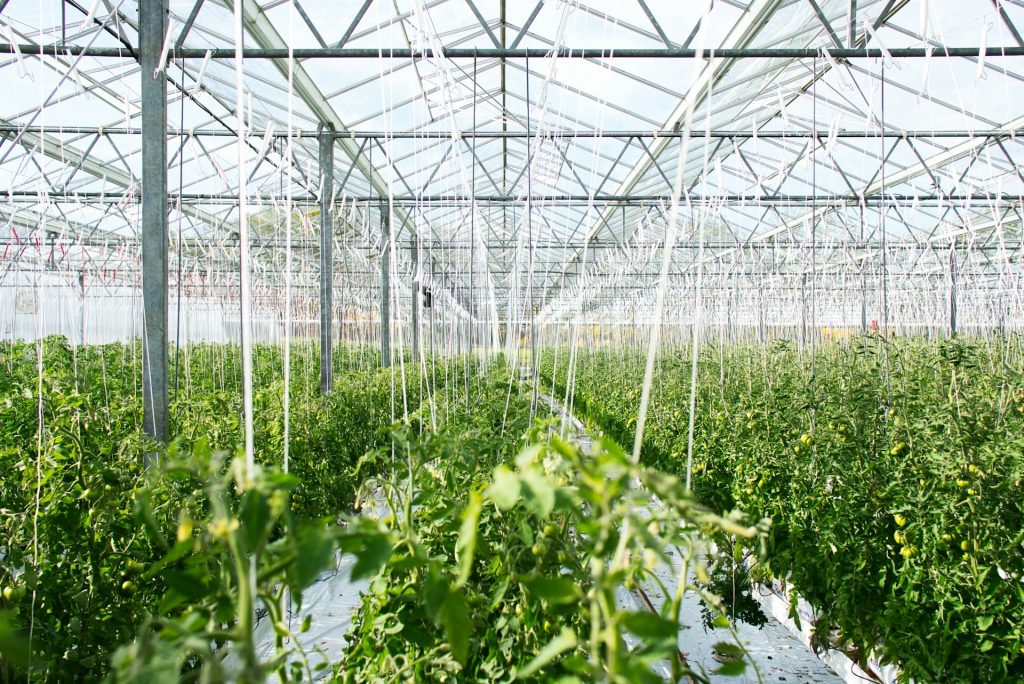IoT of Agriculture
The last few years have seen impressive changes in all sectors, including agriculture. The introduction of smart agriculture continues to improve productivity for farmers. Internet of Things, also known as IoT is one of the latest changes that help to improve the quantity and quality of farm products. With the power of connected devices, it is easier for farmers to closely observe their crops and decide better on the accurate time to water or harvest them.

Image Credit: Unsplash
IoT of agriculture helps to reduce farming expenses by offering farmers deep insight into aspects like the use of energy, pest management, etc. Not many people are familiar with this agricultural trend, and this is why this article will explain everything you must know about IoT of agriculture. We will explore what IoT is, how it works, its benefits, applications, and challenges.
What is the Internet of Things (IoT)?
IoT is a collection of different connected devices. It is a technology designed to promote communication between devices and the cloud. Beyond cloud communication, these devices can also communicate with themselves. The communication process is based on high bandwidth telecommunication and internet communication. All these devices communicate with each other and provide farmers an insight into the most favorable weathering conditions.
IoT works with different sensors that help to collect meaningful data. This tech-innovative idea, IoT consists of everyday things. Since the 90s, sensors have been one of the most reliable ways to obtain data from everyday objects.

Image Credit: Unsplash
The Benefits of Smart Farming: How’s IoT shaping agriculture?
There are several ways the combination of technology and IoT is revamping the agricultural sector. These have increased the productivity, quality, and quantities of farm products. Some of the benefits of IoT on farming include:
- IoT of agriculture offers the benefit of data collection. This technology helps to gather useful data, such as crop growth progress, weather conditions, and other data that determine farming productivity. The gathered data can help monitor agricultural performance, efficiency, etc.
- With IoT of agriculture, farmers can control their productivity better. They can also mitigate risks involved in the farming process by learning when it is the best time to plant their crops. Foreseeing production output contributes to seeing better product distribution. If you are informed of the quantity of the harvestable crops, you can decide better on how to sell your products.
- IoT of agriculture helps to mitigate risk, manage costs, and reduce waste as you can control your products. It is easier to mitigate risk when you can detect anomalies in your livestock or crop growth. As such, there is a massive reduction in how you lose your yield.
- IoT of agriculture facilitates business efficiency by automating the process. The smart devices help farmers to automate different processes throughout production stages, such as managing pests, irrigation, etc.
Applications of IoT Agriculture
IoT of agriculture continues to reshape agricultural practices. Here are some of the areas to apply the technology.

Precision farming
This is one of the most common IoT of agriculture applications. Precision farming offers a more accurate farming practice. Smart farming applications such as vehicle tracking fields help to control precision farming. This branch of IoT of agriculture focuses on data analysis which is generated through sensors. Farmers can generate accurate data with precision farming using sensors while analyzing the information to make a more informed, swift, and better decision.
Irrigation and livestock management are some strategies of precision farming. Other techniques, such as vehicle tracking help to increase effectiveness and efficiency. Soil conditions analysis is easier with precision farming and parameters also contribute to efficiency in operation. Farmers can detect the best working conditions of connected devices, while also detecting the level of water and other nutrients.
Climate Conditions
Climate is a key determinant in farming. Little or zero knowledge about climatic conditions can alter crop production’s quality and quantity. This aspect of IoT of agriculture helps you to know the real-time climate or weather conditions by placing sensors in strategic locations on the field. As such, they help to gather environmental data for the right crop selection that can grow and remain unaffected in a specific weather.
IoT ecosystem has sensors that can accurately detect several weather conditions, such as temperature, rainfall, etc. Different sensors are available to determine these climate conditions and provide accurate configurations that meet smart farming needs. These farming tools also monitor the weather around the plants.
They send a signal once they detect any unfavorable weather that may affect the plant. As such, farmers can have increased productivity and enjoy a better harvest.

Image Credit: Unsplash
Agricultural Drones
The introduction of agricultural drones has massively revolutionized agricultural operations. This section of IoT of agriculture, such as ground and aerial drones helps to assess crops or plants’ health. They also help to monitor, plant, and spray crops from pathogenic infection. Agricultural drones help to analyze the crop field. Agricultural drones continue to improve the agricultural industry through the right planning and strategy with real-time data.
This technological development identifies areas where farmers need to change irrigation. Thermal or multispectral sensor drones can easily help you identify these aspects to pay more attention to irrigation. These sensors help to identify crops’ health as they grow while calculating the vegetation index. The reduction in environmental impact is also connected to smart drones. The amount of chemicals reaching groundwater has declined.
Challenges of Implementing IoT in Agriculture
Lots of benefits lie with the IoT agricultural implementation, including the potential to change the industry. However, potential farmers must understand the challenges to achieve their full potential. Here are some challenges of IoT of agriculture:
Equipment and Installation Cost
Installing the required equipment for IoT of agriculture can be expensive. Getting this equipment also comes at a substantial price. Equipment such as drones, sensors, and smart farming platforms outweigh an organization’s budget.
Moreover, specialized hardware is often required to execute some agricultural operations. Costs may rise depending on crop size or type for a more custom solution.
Data Security and Privacy Concerns
IoT of agriculture involves gathering users’ data, hence, it is pertinent to keep this information safe when implementing IoT of agriculture. Confidential information, including crop yields or irrigation schedules, should not be inaccessible to an unauthorized party. This will prevent vital information from getting to malicious hands and cyber attacks.
Conclusion
IoT of agriculture has been an integral part of modern-day agriculture as it continues to offer technological solutions to farming. This development continues to reduce the gap between production, quality, and quantity yield.
Farmers can make more informed decisions and swift action to reduce crop damage with data collected from different sensors for real-time use. With IoT of agriculture, farm product execution, processing, and harvesting become faster and get to supermarkets within the shortest timeframe.



